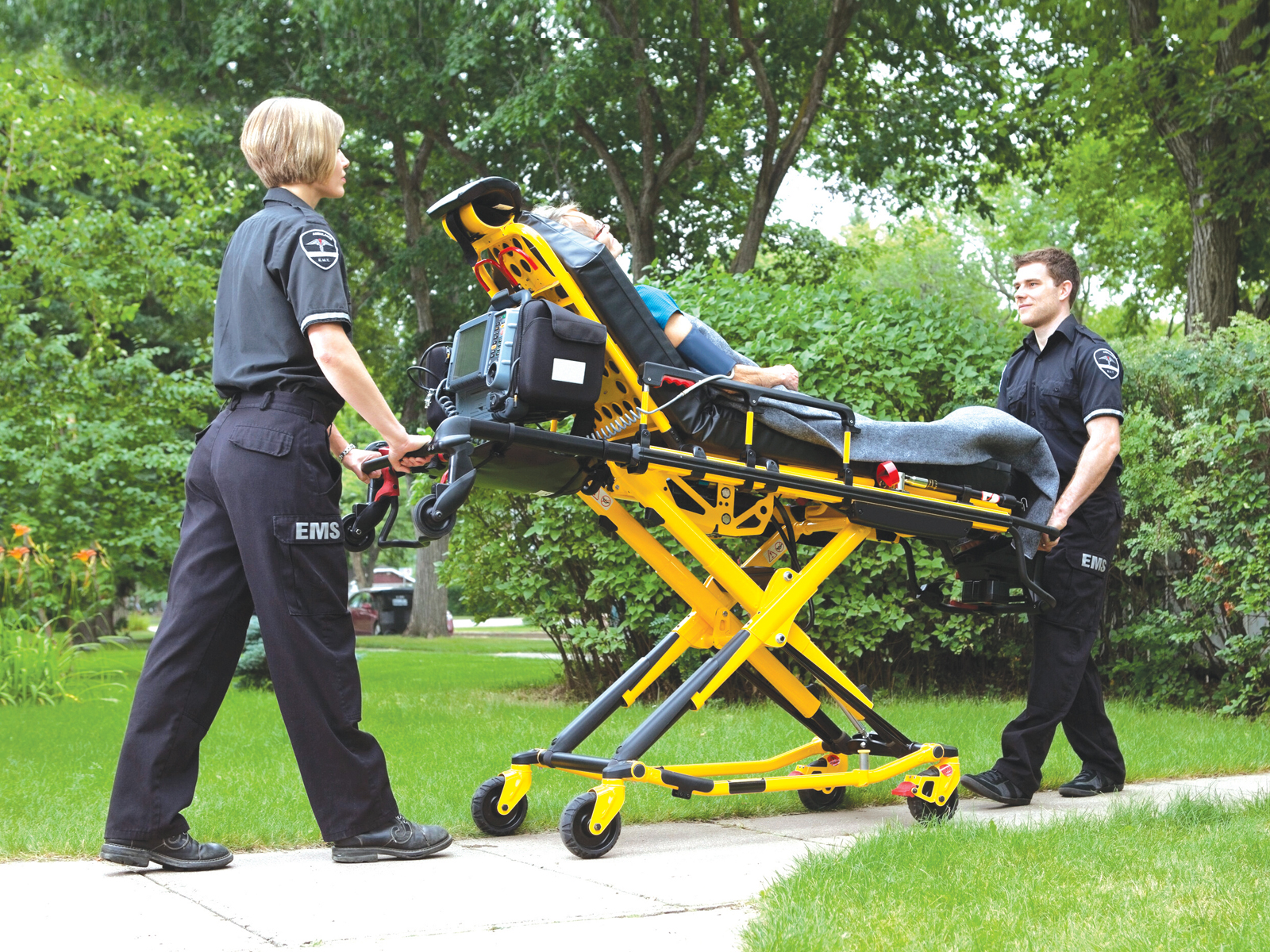Tips for an emergency room visit
By Kylie MacKenzie
A sudden visit to the hospital at any time of day, or night, can be all in the course of a day’s work for family caregivers. Whether you’re calling an ambulance or rushing someone to a local hospital, being prepared in a potentially overwhelming emergency situation is simply safer and less stressful.
First up, having a clear list of what to do, along with having your loved ones latest healthcare information ready to provide to health professionals, can help with improving both timeliness and quality of care. Review this checklist with your loved one and keep it handy for a time when it urgently required.
What to bring:
• Photo ID
• Your government health insurance card
• A list of all the medications—prescription and over-the-counter—your loved is currently taking, at home along with dosage. Keep it somewhere easily accessible such as in your wallet or wherever you keep your health card.
• A copy of advance healthcare directives, such as power of attorney for personal care and their living will
• A personal health record that includes information such as operations, allergies, health conditions, immunization record and reports of recent tests or physical exams. At times, it can be difficult to explain your medical history or trial and error with treatment options to the nurses and doctors while visiting the ER
• Reports your physician gave you to bring to the hospital and latest bloodwork
• A list of telephone numbers of family and friends
to be contacted as needed
To avoid misplacing any of this important paperwork and information—which is critical for facilitating a patient’s treatment—keep it all together in one folder.
What to pack for the hospital with comfort in mind
Hospitals often encourage patients and their families to bring other items to help make a hospital stay more pleasant or comfortable. Hospitals provide gowns and toiletries, but they generally invite patients to bring their own pajamas, bathrobe, cardigan sweater, non-slip socks or slippers, comb, brush, lotions, toothbrush and toothpaste, and lip balm. However, avoid perfumes and any highly-scented products. Keep in mind that short sleeves are best to accommodate intravenous lines.
Check ahead of time to find out what the hospital will allow. This information often can be found on the hospital’s website. Consider:
• Protective containers for holding eyeglasses or dentures when not in use
• Books, magazines, crossword puzzles to help pass the time
• Paper and pen for jotting down notes and questions
• Clothing to wear home at discharge.
• A small amount of money for newspapers and magazines and other items from the gift shop or vending machines
• Cell phonme and charger
What not to pack
Hospitals are not responsible for patients’ personal belongings so it’s best not to bring valuables. Specific things to leave off the packing list:
• Tobacco because smoking and recreational drugs are prohibited in healthcare facilities.
• Credit cards, cheque books, large amounts of cash, jewelry, high-end portable music players and other valuables such as electronic devices like iPads or computers.
Be patient. The wait times in the ER can be long and it’s a good idea to stay as an advocate to speak on your behalf if you are too ill to represent yourself.
Keep track. Write down immediate concerns along with the names of the doctors and specialists. Ask what tests and procedures are possible, are being done and why. Before you sign any consent forms for a procedure, make sure you read and understand what you are giving consent for. Don’t be afraid to ask questions like, “Why do I need to have this procedure?” And, what are your recommending as follow-up.
Limited wifi or cell service. Some hospitals have restricted access to services. If you need to contact people to assist you or inform them of your situation, try to do so before entering the hospital.
Dress accordingly. Loose fitting, comfortable pants and shirts make it easier for waiting family members, patient examinations, changing into a hospital gown, blood work and other possible tests.
Try your best to remain calm. Be honest about your loved one’s pain levels and symptoms. Be kind, and reasonable. Recognize that ERs are constantly in flux, busy places where most urgent cases are usually handled first.
Interpreter services. Many hospitals offer on-site, in-person interpretation for many languages, including ASL (sign language). If you or your family member would feel more comfortable speaking in another language, you can make a request for an interpreter. In emergency or short-notice situation, when an in-person interpreter may not be immediately available for the language you request, the hospital may need to use telephone and/or video remote interpretation.
Kylie MacKenzie is a BCS staff writer.














